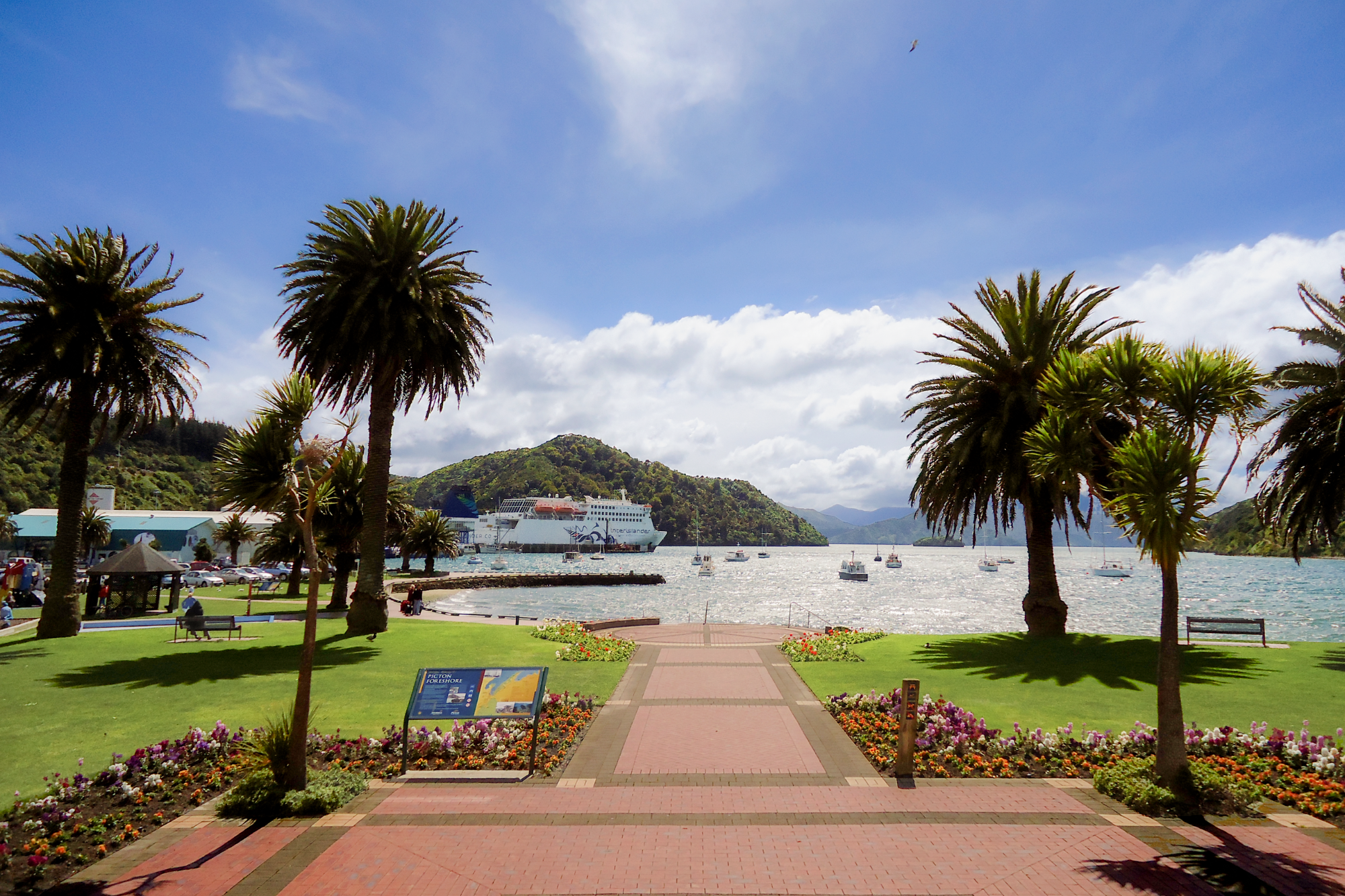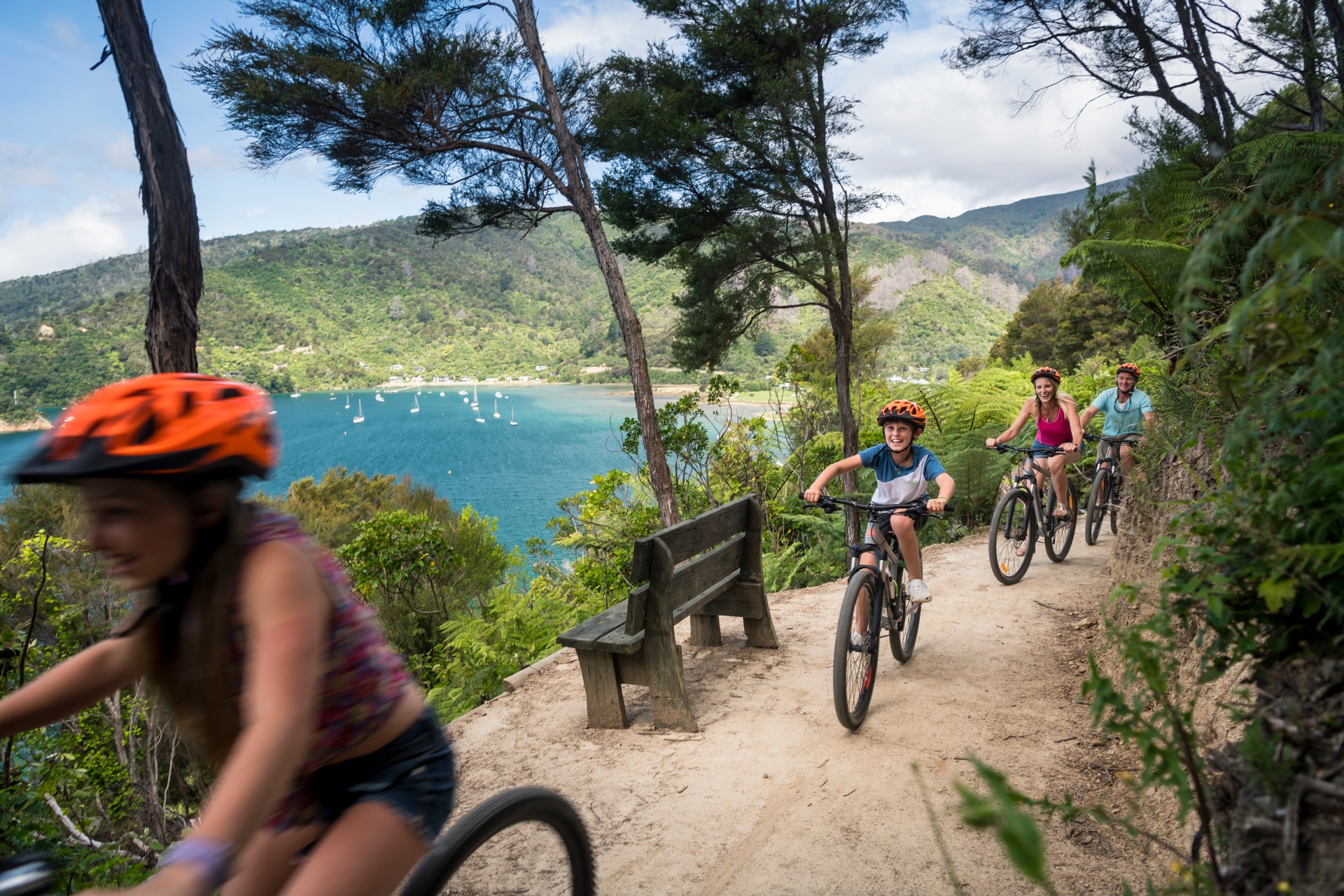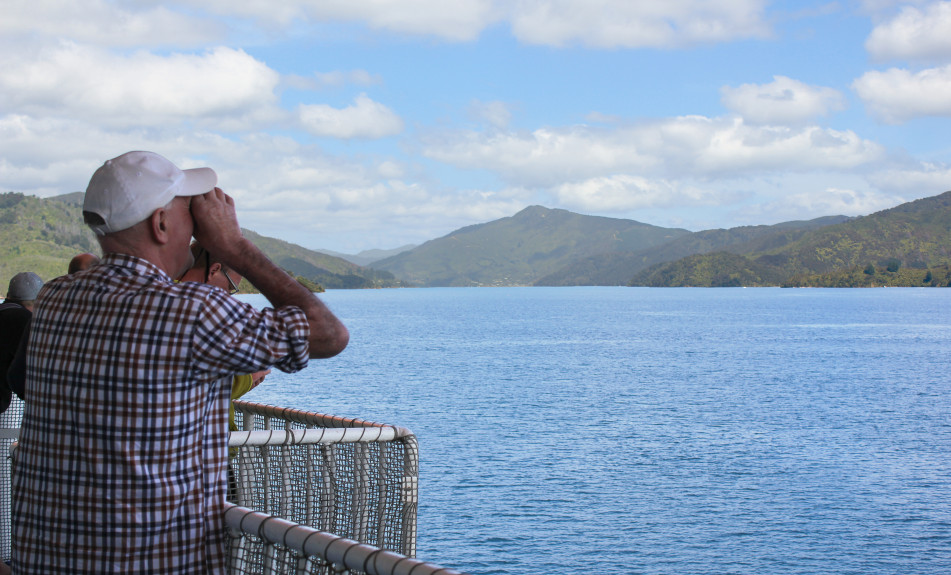Exploring the Upper South Island National Parks
If you’re dreaming of a quintessential New Zealand South Island itinerary, it’s hard to look past the incredible national parks in the South Island. A national park is an area that is protected by the Department of Conservation (DOC).
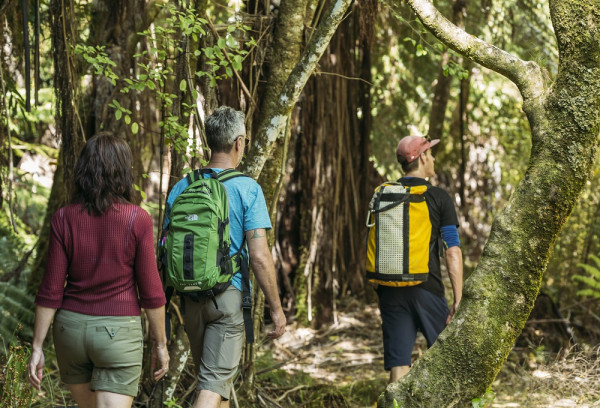
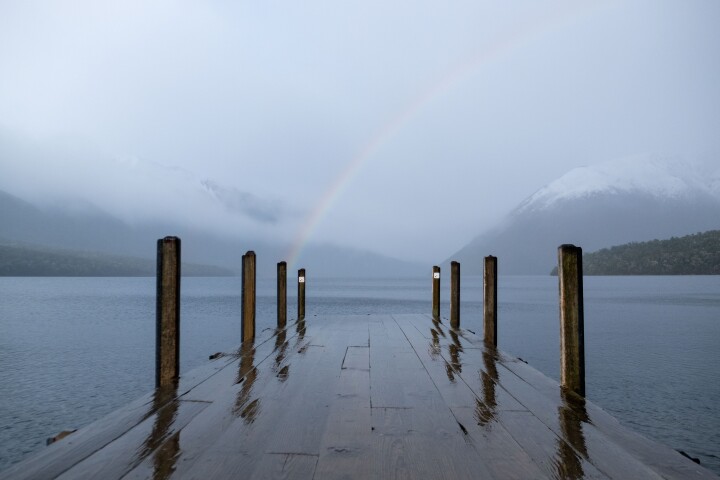
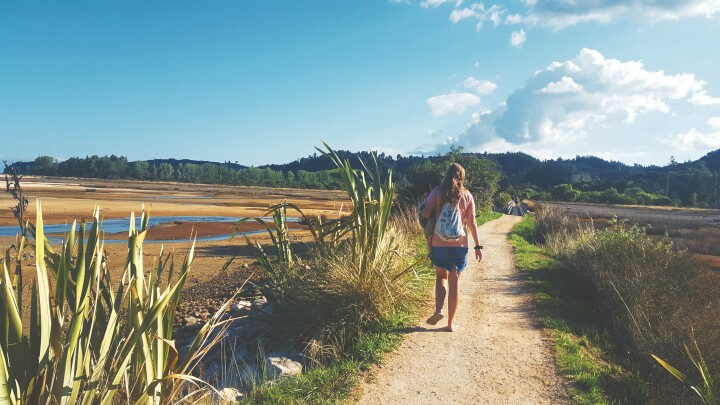
There are many national parks in the country, but the ones with some of the best hikes in New Zealand are situated around the top of the South Island. When it comes time to explore NZ and its beautiful national parks, there’s nothing like tying on your hiking boots and getting some steps in.
Many of the best places to visit in New Zealand’s South Island are within arms reach of the Interislander ferry terminal in Picton. This makes the Interislander ferry from Wellington to Picton your key to unlocking these beautiful national parks as you travel south from the North Island.
This blog will explore the upper South Island’s national parks to inspire you for your next trip. After reading, you’ll also know what to pack and key safety considerations. Let’s get started!
The best time of year to explore the South Island's national parks
Each season offers a different experience when it comes time to explore New Zealand. This is especially true when visiting the upper South Island’s national parks. The best time to visit will depend on your outdoor experience level and preference, given the varying weather conditions.
If you’re not experienced in the outdoors and hiking in NZ, it’s safest to visit during the warmer months between December and February. If you are a more experienced hiker, you may feel confident enough to tackle some of these walks during the shoulder seasons between March and May or between September and November. If you’re a very experienced hiker, you could even want to hike during winter, but you really need to know what you're doing in this case. It’s sometimes a bit of a trade-off, as the weather will be better during summer. However, the crowds will probably be busier over this time as well.
Top Kiwi language tip: Hiking = tramping in Kiwi English!
What to pack for exploring national parks
Safety needs to be top priority when experiencing the best hikes in New Zealand. Often, the more secluded the walk, the more incredible the experience is. Part of keeping safety top of mind is packing smartly.
The Mountain Safety Council has a comprehensive list of what to pack for multi-day hiking in NZ. Otherwise, DOC has an extensive list of what to pack for some of the best day hikes in New Zealand. Considerations for what to pack as you experience these New Zealand South Island must-do walks include:
- Personal locator beacon (PLB)
- Waterproof jacket
- Warm clothes, including thermals
- Hiking boots
- Water and food (pack more than you think you’ll need)
- Hat
- Gloves
- Head torch
- Small first aid kit
- Sunblock
- Sleeping bag (if staying the night)
- Toiletries and medication
Yes, it’s better to be safe than sorry when packing for these walks. In saying that, weight also needs to be considered, especially if you’re planning to walk for more than one day.
Safety considerations for exploring the South Island's national parks
No matter the season, the conditions can change suddenly in our national parks. Hiking or tramping in NZ is truly amazing, but you’ve got to have your wits about you and be as prepared as possible.
Each national park has its own weather tracking through Metservice so you can check conditions ahead of time. It’s also a good idea to speak with the local Department of Conservation before you head out to explore national parks. The team there will be able to provide local knowledge and advice before you leave, along with an up-to-date map. If you’re venturing out during winter or the shoulder seasons especially, avalanches are a consideration. It’s well worth checking the New Zealand Avalanche Advisory to see if there are any concerns for where you’re heading. Finally, a personal locator beacon can be vital if you get into trouble.
Kiwi safety tip: There are no snakes in NZ - one less thing to worry about!
The best way to get to the South Island's national parks
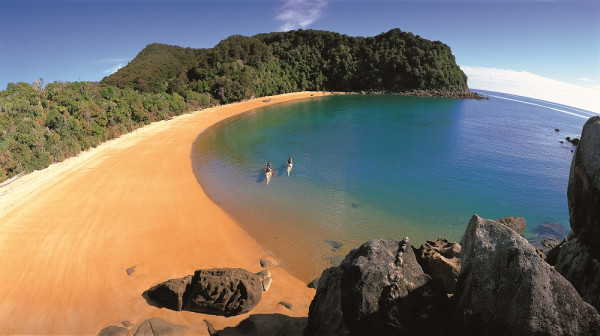
Te Puketea in the Abel Tasman National Park, Credit: Wilsons Abel Tasman
As we’ve mentioned, one of the best ways to access the South Island’s stunning national parks is on the Interislander Ferry. Once you catch the ferry from Wellington to Picton, you’ll depart from a convenient ferry terminal. The Interislander makes it easy for you to visit all the New Zealand South Island must-see spots with regular running ferries and travel options. If you’re taking a car to get around the national parks, the Interislander ferry offers simple drive-on and drive-off options. You’ll want to walk on and off the ferry if you don't have a vehicle. Otherwise, organising a shuttle or other public transport for when you arrive at the Picton Ferry Terminal is easy. Read our guides on how to make the most of your Cook Strait crossing and taking a car or campervan on the Interislander ferry for more tips on how to travel.
National parks in the upper South Island
When planning your New Zealand South Island itinerary, you’ll want to visit as many national parks as possible. Thankfully, the South Island is home to 9 out of 13 of our country's national parks. Five of these national parks are considered to be in the upper area of the island.
Abel Tasman National Park
Just three hours drive from the Picton ferry terminal at the very top of the South Island is the Abel Tasman national park. If you’re looking for golden sandy beaches, deep blue water and some of the best day hikes in New Zealand, the Abel Tasman national park is a must-visit. As well as that, to contrast these incredible beaches you’ll see stunning granite cliffs.
Regarding hiking, the Abel Tasman national park is home to the Abel Tasman Coast Track, one of our country's great walks. This great walk is intermediate in difficulty and takes between three to five days to finish. There are lots of shorter walks to enjoy as well.
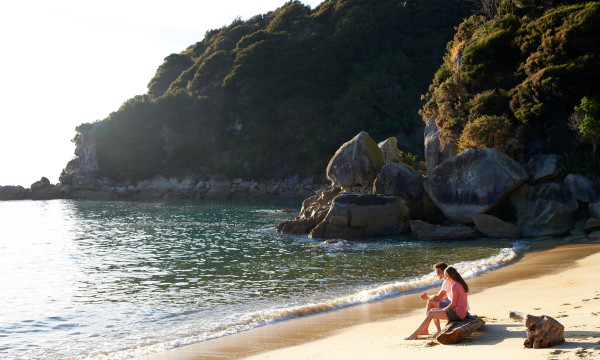
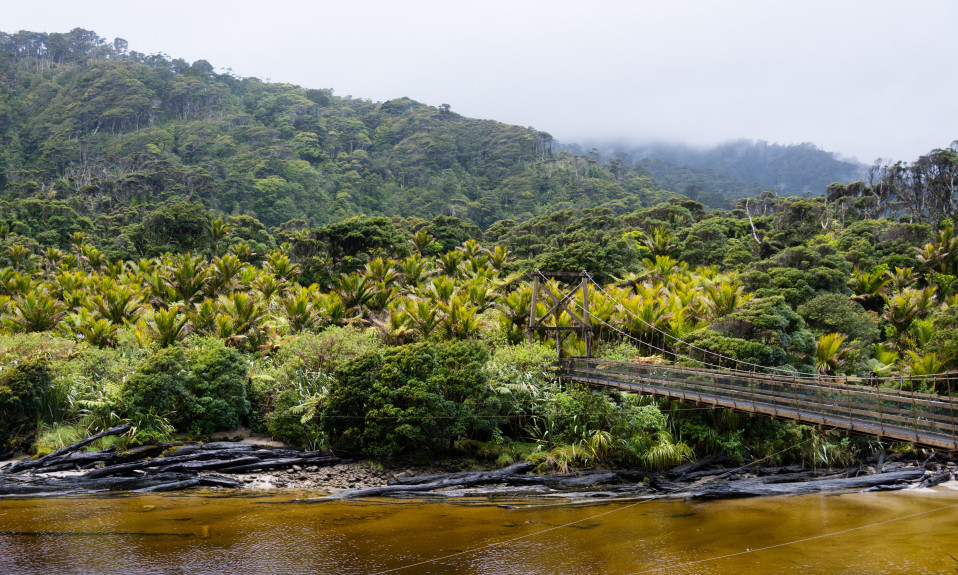
Heaphy Track
Kahurangi National Park
Next on the list of the best places to visit in New Zealand’s South Island is Kahurangi National Park. This part of the country is a bit more challenging to reach than the Abel Tasman national park, as the road can be tougher to drive, and it’s recommended you take a four-wheel drive. The 2-hour and 40-minute drive to Motueka from the Picton ferry terminal is simple, but you’ll then need to drive a rougher road from there to the national park for 40 minutes. Kahurangi National Park, New Zealand’s second-largest national park, is located right on the island's northwest corner.
You’ll be able to explore coastal forests, roaring rivers and alpine environments. Kahurangi National Park is also home to the Heaphy Track, another of New Zealand’s great walks, along with many other shorter day hikes.
Nelson Lakes National Park
It’s in the name, really, but the Nelson Lakes National Park offers the prospect of jaw-dropping glistening lakes. Once again, near the top of the South Island, Nelson Lakes National Park is just 2 hours and 35 minutes' drive from the Interislander ferry terminal in Picton. Once you arrive, you’ll not only be taken back by the stunning lakes but there are also fantastic views and walks, including the famous tracks and routes around Angelus Hut. Read our guide for more inspiration for experiencing nature in the Nelson area.
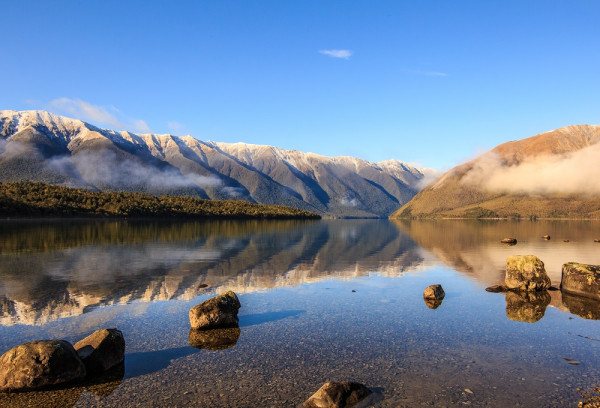
Lakeside Walks in Lake Rotoiti Nelson Lakes. Credit: Tamzin Henderson
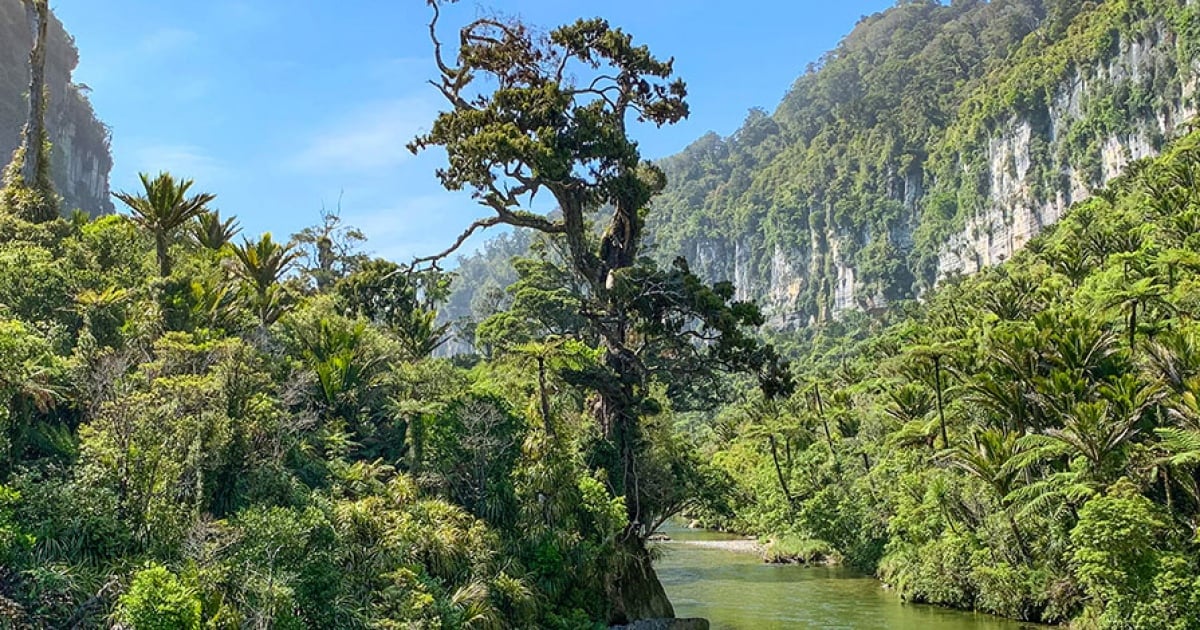
Paparoa National Park
Paparoa National Park is a scenic and diverse West Coast national park. Established in 1987, the park covers an area of approximately 306 square kilometers (118 square miles) and is known for its stunning natural landscapes, including lush rainforests, limestone formations, and rugged coastline. The park's unique blend of geology, flora and fauna makes it a popular destination for outdoor enthusiasts, hikers and nature lovers.
One of the park's most famous attractions is the Pancake Rocks and Blowholes located at Punakaiki. The Paparoa Track is a Great Walk, offering a multi-day hiking experience through the park's diverse landscapes. It traverses from the coast to the alpine environment and provides huts for overnight stays. A range of shorter walks means Paparoa can cater for every itinerary and fitness level!
Arthur's Pass National Park
Finally on our list of national parks in the upper South Island, we have Arthur’s Pass National Park. When visiting this area, you’ll see truly incredible gorges, large mountains and stretches of scree. This mountainous area is not as accessible as some of the other national parks in New Zealand, but that’s also partially what makes it so magnificent.
Getting to Arthur’s Pass Village is a 6-hour and 3-minute drive from Picton, making it the furthest national park from Picton on this list. Given the rough terrain and lack of facilities, it’s recommended that you have backcountry experience. If you’re looking to hike in this area, one of the most popular options is the Arthur's Pass Walking Track.
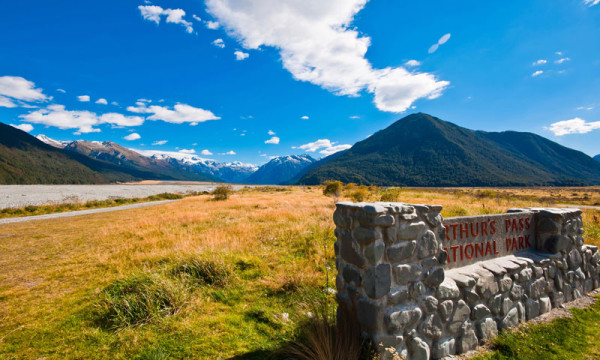
Ready to explore the South Island's National Parks?
New Zealand is home to some postcard worthy national parks, and some of the best options to visit are located in the upper part of the South Island. This makes the Interislander the perfect option to reach these locations as your travel south from the North Island. Book your Interislander ferry across the Cook Strait now and plan your own adventure through New Zealand’s national parks.
Updated January 2024

